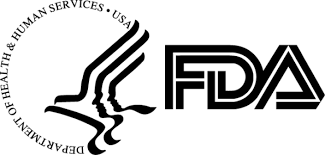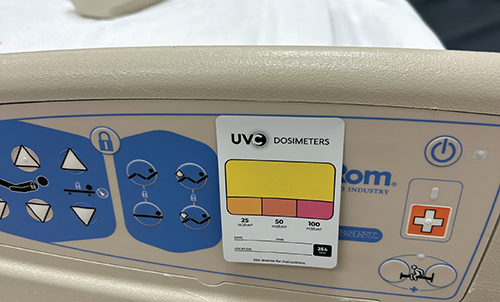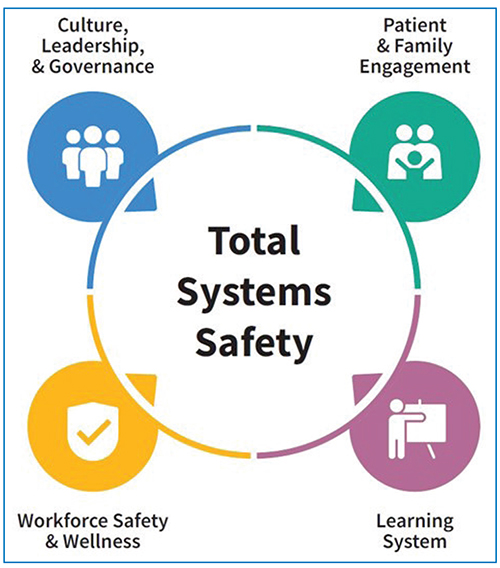Catheter sterility concerns prompt Class 1 FDA recall for surgery trays

Editor's Note The US Food and Drug Administration has designated DeRoyal Industries’ recall of GeoMed custom tracecarts a class 1, the most serious type of recall indicating a risk of serious injury or death. According to the April 24 FDA notice, the recall is due to sterility concerns with the…
Editorial: Perioperative leaders push teamwork, communication at 2024 AORN Expo

Left sniffling and sneezing after a whirlwind 4 days at my first AORN Global Surgical Conference and Expo in Nashville, Tennessee, I had more on my mind than whether the term “conference-acquired infection (CAI)” was officially part of the medical nomenclature, much less whether any studies had been done. I…
Surface disinfection: How to play your cards right with UVC light

Approximately one in 31 hospital patients has at least one infection on any given day, according to the Centers for Disease Control and Prevention (CDC). In surgical settings, the risk is even higher, with up to 7% of patients developing an infection during surgery. These infections can lead to a…
Unveiling ECRI’s 2024 Top 10 Patient Safety Concerns list

From integrating new technology to navigating shifts in care delivery and mitigating burnout, the most pressing challenges for healthcare organizations tend to be multifaceted problems that demand multifaceted solutions. For evidence of that, look no further than the Top 10 Patient Safety Concerns 2024 list from ECRI. For every risk…
WHO sounds alarm on potential spread of bird flu

Editor's Note The World Health Organization (WHO) is sounding the alarm about the rise of the bird flu virus—H5N1—and the threat it poses to humans, Medical Xpress reported on April 18. Experts are concerned because the bird flu has recently spread from wild birds and poultry to cows and goats…
Healthcare safety report: Outcomes improving, but workplace violence persists

Editor's Note Healthcare safety is moving in the right direction generally, but low perceptions of safety and rising reports of violence against nurses represent critical gaps that leaders should address, according to an April 2 press release on Press Ganey’s “Safety in Healthcare 2024” report. Focused on event reporting, workforce…
EPA rule to limit dangerous emissions from medical sterilization plants

Editor's Note The Environmental Protection Agency (EPA) has finalized a rule to reduce chloroprene and ethylene oxide emissions that will impact over 200 chemical plants across the nation, including medical sterilization plants, according to an April 10 report from USA Today. Under the new rule, the EPA will cut more…
Study: GLP weight loss, diabetes therapies boost GI endoscopy pneumonia risk

Editor's Note Gastrointestinal endoscopy could increase the risk of aspirational pneumonia in patients using GLP-1 receptor agonists (RAs) to manage weight or treat diabetes, according to an April 1 report from MedPage today. Citing research published in the journal Gastroenterology by a team led by Kevin Sheng-Kai Ma, DDS, of…
FDA approves new antibiotic for staph, other infections

Editor's Note The US Food and Drug administration approved Zevtera for treating Staphylococcus aureus bacteremia (SAB) bloodstream infections, which are often acquired in healthcare settings. In the April 3 announcement, the agency notes the new antibiotic Zevtera (ceftobiprole medocaril sodium for injection) is effective for SAB-infected patients with right-sided infective…
ChatGPT, Mixtral AI systems show promise in detecting healthcare-associated infections

Editor's Note Based on the performance of two specific systems in detecting healthcare-associated infections (HAIs) in a recent study, artificial intelligence (AI) could help providers enhance surveillance, streamline tasks, and free staff to focus on patient care. Published March 14 in The American Journal of Infection Control, the study assessed…

 Free Daily News
Free Daily News